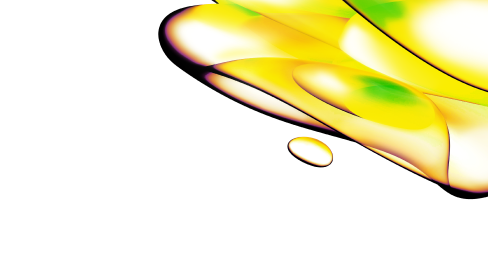Resource Center
Explore Resource Types
We have housed the technical documents (SDS, COAs, Manuals and more) in a dedicated section.
Explore all All Resources
Filters
Select resource types
Select products & services (1)
Select solutions
Active Filters (1)
Clear All
25 - 36 of 70 Results
Sort by:
Best Match
Label-free analysis of cardiomyocyte beating using the Opera Phenix Plus System
Learn how to reliable quantify cardiomyocyte beating frequency using the Opera Phenix Plus high-content screening system in this application note.
Clearing strategies for 3D spheroids
In this technical note, we compare optical clearing strategies for 3D spheroids and demonstrate how to increase imaging depth in 3D spheroids by a factor of 4.
Phenotypic analysis of CRISPR-Cas9 cell-cycle knockouts using cell painting
Learn about our harmonized workflow for morphological profiling of CRISPR-Cas9-mediated knockouts using cell painting in this Application Note.
Kinetic analysis of calcium flux activity in human iPSC-derived neurons using the Opera Phenix Plus system
Application note for fast kinetic imaging using HCS to visualize and evaluate spontaneous calcium flux activity in single human iPSC-derived neurons
Harness the power of 3D cell model imaging
In our guide, learn how to harness the power of 3D cell model imaging.
How to perform long term live cell imaging in a high‑content analysis system
Technical note describing How to Perform Successful Long-Term Live-Cell Imaging in a High-Content Analysis or Screening System
Opera Phenix High-Content Screening System: Improved 3D imaging
Technical Note describing how imaging of 3D cell models is improved using the Opera Phenix High-Content Screening System
Phenotypic profiling of autophagy using high content profiler
Using an autophagy assay as an example, this study describes the validation of a phenotypic image and data analysis workflow.
Improving the throughput of a neuroprotection assay using the opera phenix high content screening system
Download the case study to learn how primary neuron morphology is analyzed in a straightforward approach using Harmony® software and careful assay optimization can increase throughput, and minimize the data burden, without compromising assay performance.
Re-tooling anti-microbial research for the 21st century
Case study describing the analysis of bacterial phenotypes to investigate adaptive mechanisms of antimicrobial resistance and screening for novel alternatives.
Artificial intelligence, machine learning and deep learning: applications in cellular imaging for improved drug discovery productivity
Learn how Artificial Intelligence (AI), Machine Learning (ML) and Deep Learning (DL) are used in cellular imaging applications for improved drug discovery productivity in this white paper.
Phenotypic drug discovery with high content screening
High content screening, a powerful approach to phenotypic drug discovery that leverages the rich information available in the image-based screens.


Looking for technical documents?
Find the technical documents you need, ASAP, in our easy-to-search library.




























